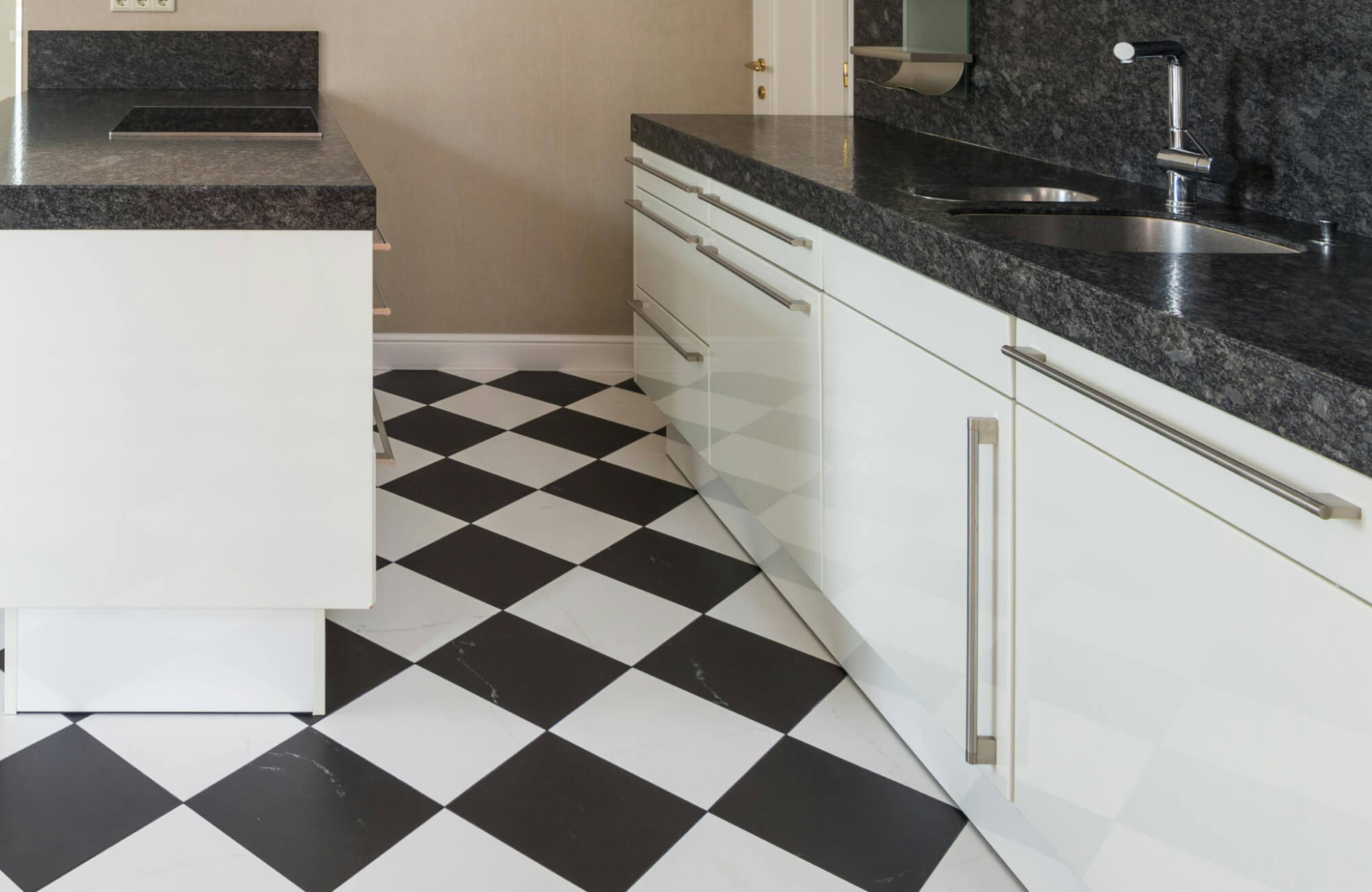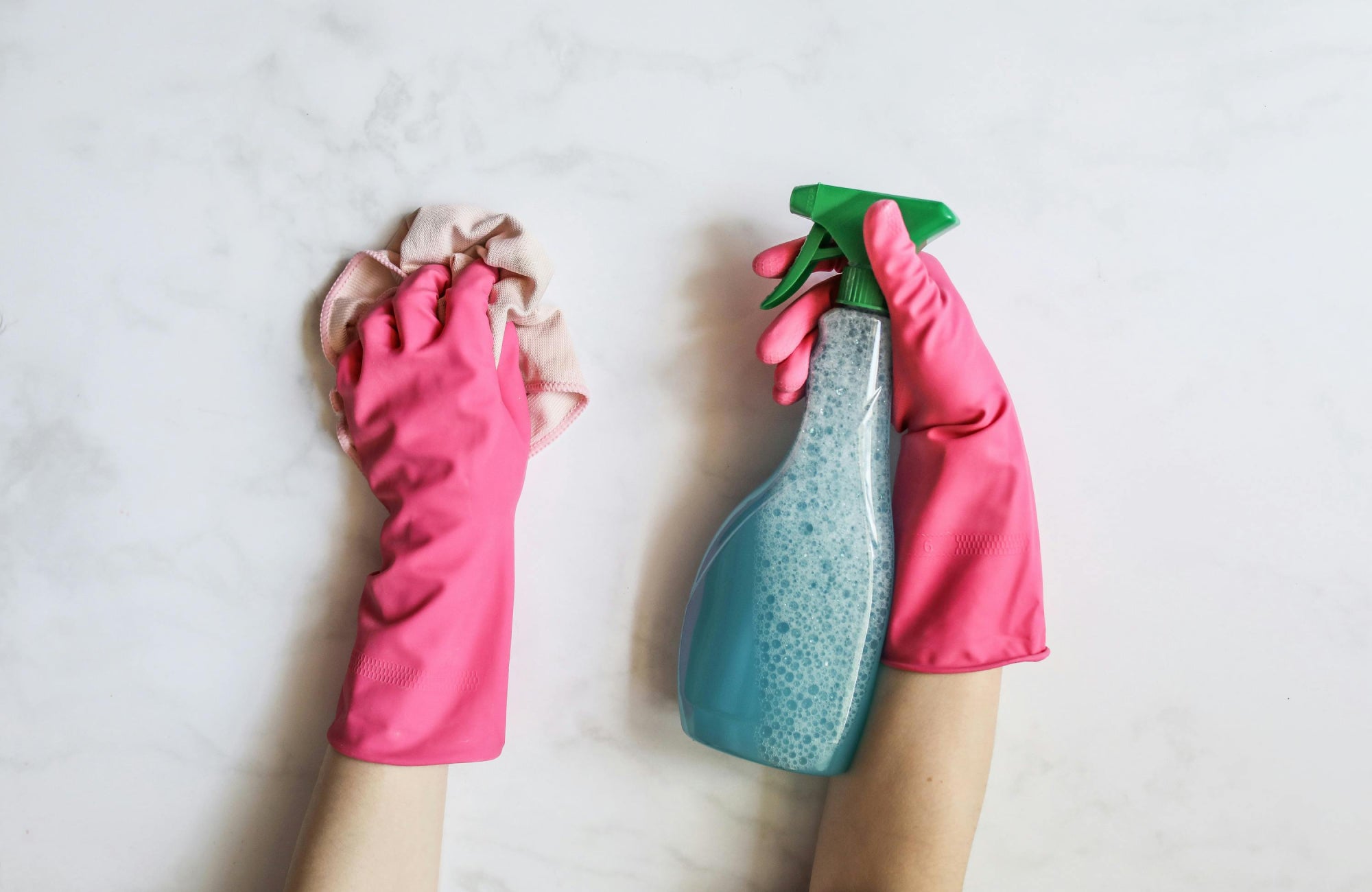Subway tiles, with their timeless elegance and durability, are a popular choice for backsplashes, walls, and floors. But when it's time for a refresh, the question arises: can these tiles be reused, or should you consider replacing them? This guide explores removal techniques, creative reuse ideas, balancing sustainability, and buying new subway tiles when repurposing isn’t feasible.
Is It Possible to Reuse Subway Tiles?
Yes, reusing subway tiles is definitely possible! It is a practical choice and an eco-friendly way to add unique character to your home renovation projects. However, its success depends on several factors, including your subway tiles’ condition, the type of adhesive used, and the removal process. You can start by inspecting the tiles—cracks, chips, or discoloration may limit their reuse, while those in good condition are ideal for salvaging. Subway tiles exposed to heat or moisture may also become brittle, making them more challenging to repurpose, and in some cases, may not be salvageable.
Additionally, the type of adhesive plays a significant role. Thin-set or mastic adhesives are generally easier to remove without damaging the tiles, whereas epoxy adhesives can be more challenging. This is important to note since any remaining adhesive residue may require careful cleaning before reusing the tiles. The removal process is also crucial, but you can preserve the tiles' integrity with the right tools—such as a grout saw, putty knife, heat gun, and adhesive remover. For older subway tiles or those that are tightly adhered, professional help may be the best option.

How to Remove and Prepare Subway Tiles for Reuse
Successfully reusing subway tiles begins with careful removal and preparation to preserve their integrity. Begin by carefully removing the grout around the tiles using a grout saw. Next, soften the adhesive with a heat gun before gently prying the tiles off with a putty knife. Work slowly to minimize the risk of cracks or chips. Don’t forget to wear gloves and goggles to avoid injury from sharp edges or tile fragments.
Once you've removed the subway tiles, make sure to clean off any adhesive residue using gentle abrasive cleaners or specialized adhesive removers. If any of them are too damaged to reuse, it's best to discard them. For minor discoloration or stains, soaking these ceramic or porcelain tiles in a vinegar-water solution can help restore their original shine. A thorough cleaning will ensure that the salvaged tiles look brand new and are ready for their next application. For the best results, consult a skilled installer.
Creative Ways to Repurpose Subway Tiles
If your subway tiles are in good condition, they can bring charm and functionality to various creative projects. Here are some innovative ways to give them a new life in your home design.
For Backsplashes and Walls
Reused subway tiles are perfect for backsplashes or accent walls. Experiment with patterns to create unique designs, or install them in utility spaces like laundry rooms or mudrooms. You can also pair them with contrasting grout colors to add a modern flair.
As Flooring Features
In flooring projects, porcelain subway tiles can be arranged in intricate layouts such as herringbone or chevron to elevate your design. Alternatively, you can use them as border tiles to complement other flooring materials and create a cohesive look.
In Decorative Projects
Smaller projects like coasters, trivets, or picture frames allow you to reuse even chipped subway tiles. Mosaic art, such as tiled tables or garden planters, can also give these tiles a fresh and creative purpose.
Environmental and Economic Benefits of Reusing Subway Tiles
Reusing subway tiles offers benefits beyond just cost savings. It is a sustainable choice that minimizes waste and supports environmentally friendly home renovations.
Reduce Environmental Impact
Reusing subway tiles keeps them out of landfills, reducing waste and conserving the energy and resources required to manufacture new ones. This practice aligns with sustainable living goals, helping reduce the environmental footprint of home renovations.
Save Costs on Remodeling Projects
Repurposing subway tiles can significantly lower material costs. DIY removal and reuse also cut labor expenses, making it a cost-effective option. Homeowners can achieve a high-end look at a fraction of the price by reusing existing tiles.
Sustainability in Action
Every reused subway tile is a step toward more eco-conscious living. By reimagining subway tiles for new projects, you can refresh your space without contributing to unnecessary waste, embodying style and sustainability.
Subway Tiles for Stylish and Sustainable Renovations
Reusing subway tiles requires preparation and the right approach for success. Start by planning—decide where and how you’ll reuse them to minimize mistakes and achieve your desired results efficiently. Tile removal is also a time-intensive process that requires a gentle touch to avoid damage, so patience is vital. Focus on quality by selecting tiles in excellent condition for reuse, and for damaged ones, explore alternative uses like smaller decorative projects to maximize their potential. With thoughtful planning and effort, subway tile reuse can be rewarding and sustainable.
If your subway tiles are beyond salvaging, purchasing new, durable ones is a practical choice. Modern subway tiles are available in a wide range of textures, colors, and finishes, offering fresh possibilities for your home design. To ensure the best fit for your project, consider ordering 4" x 4" tile samples to see and feel the options firsthand before making a decision. Consider also using our Augmented Reality (AR) Tool, which lets you preview the tiles in your room. This realistic visualization can inspire new design ideas and help ensure the perfect fit










